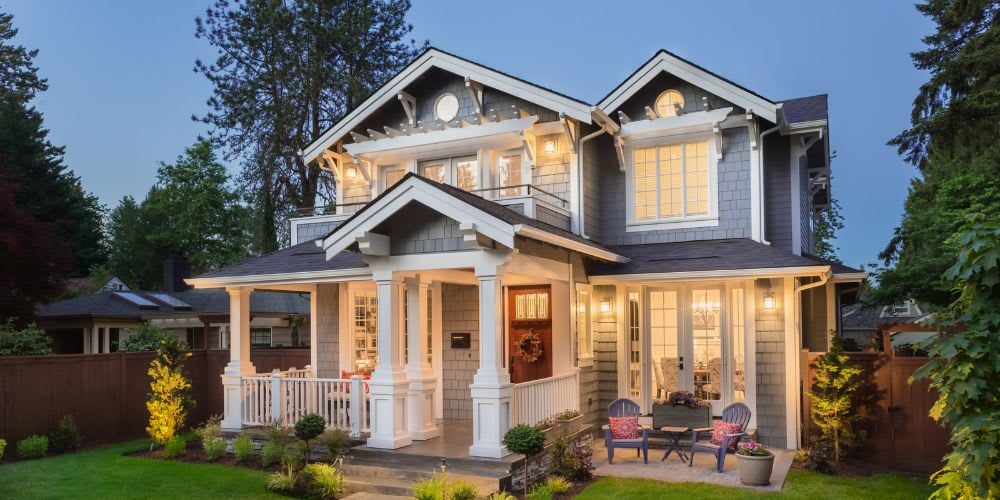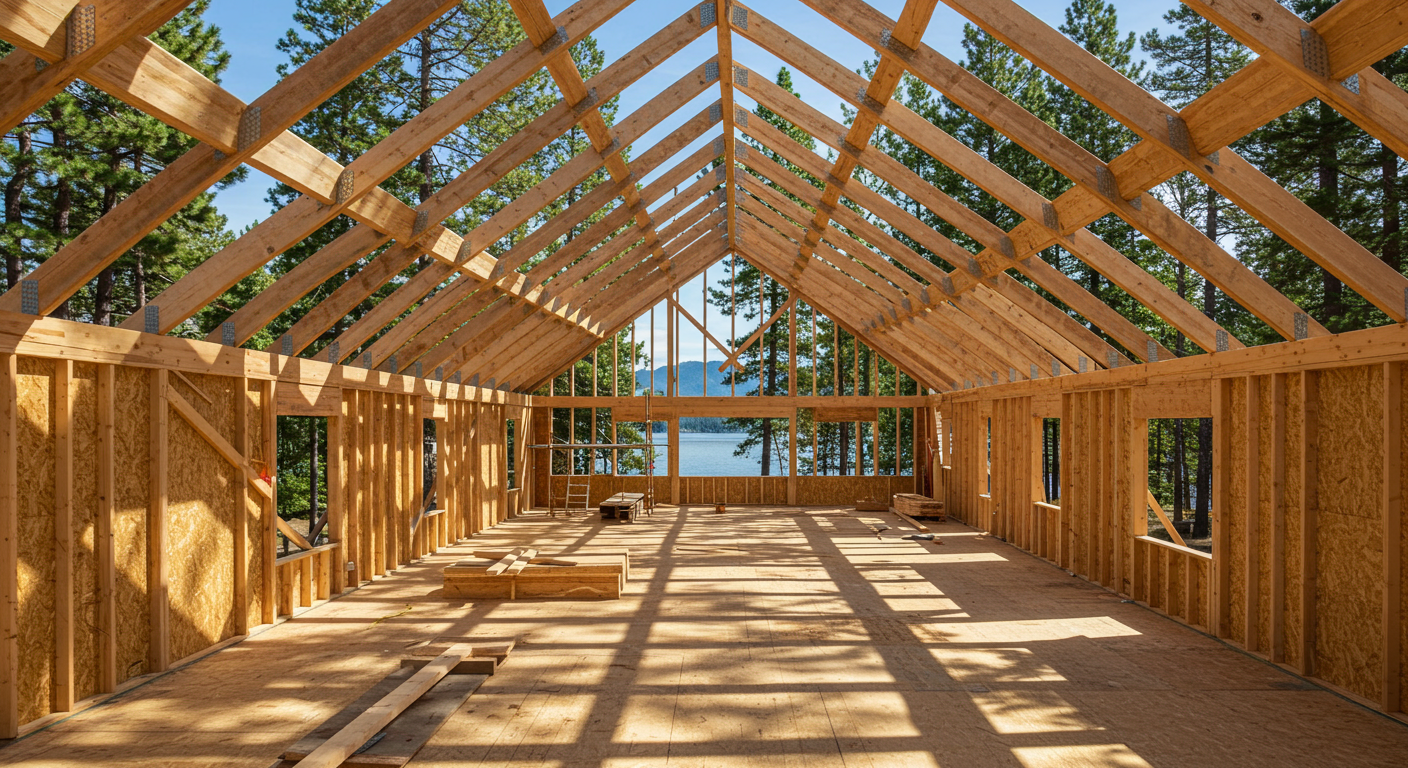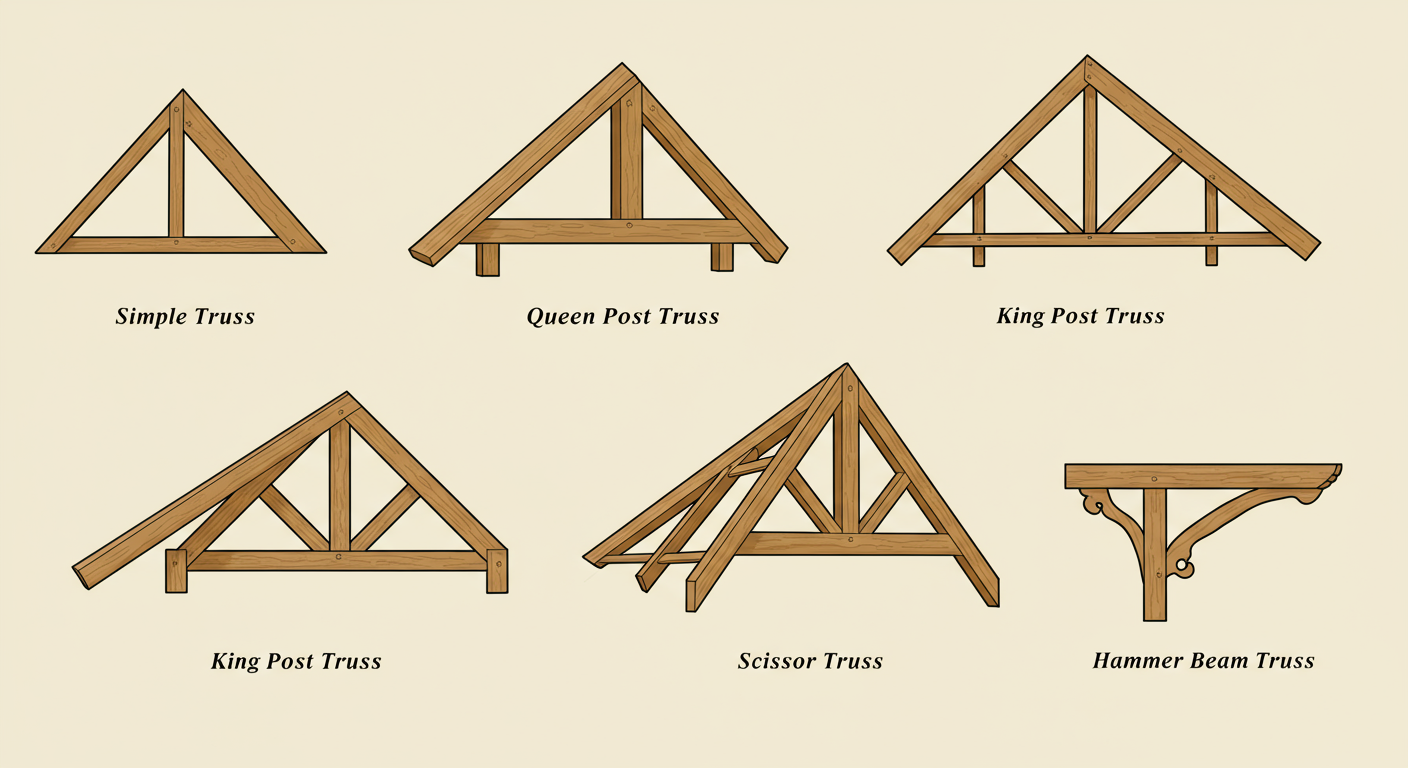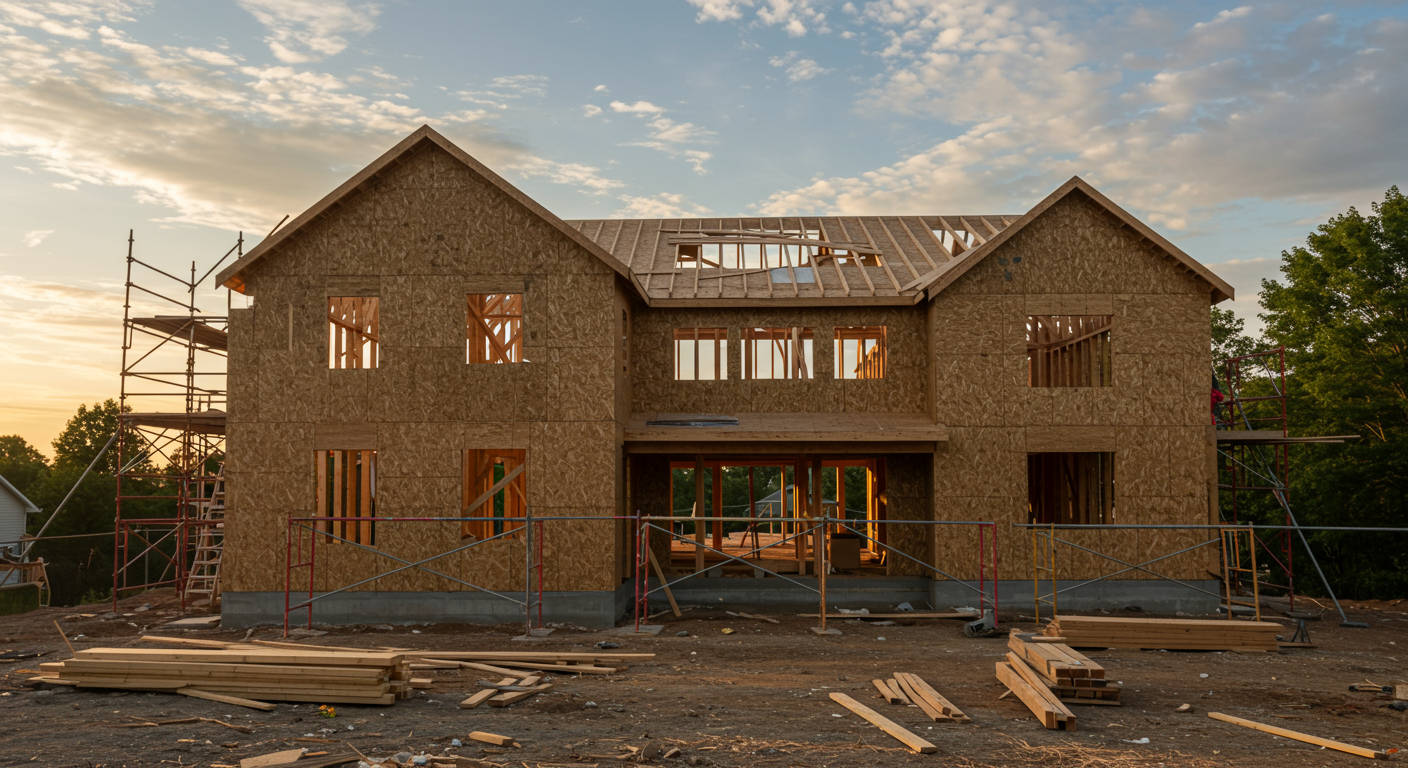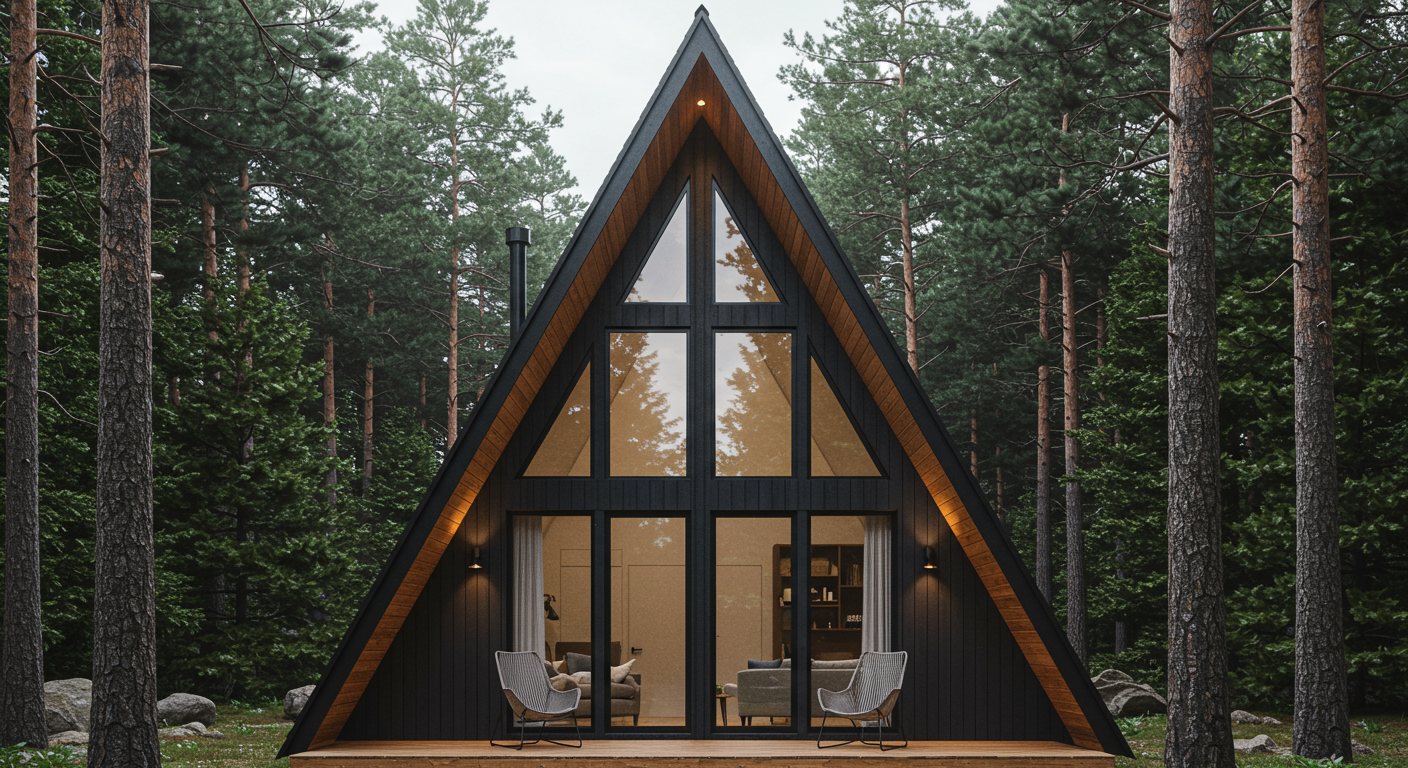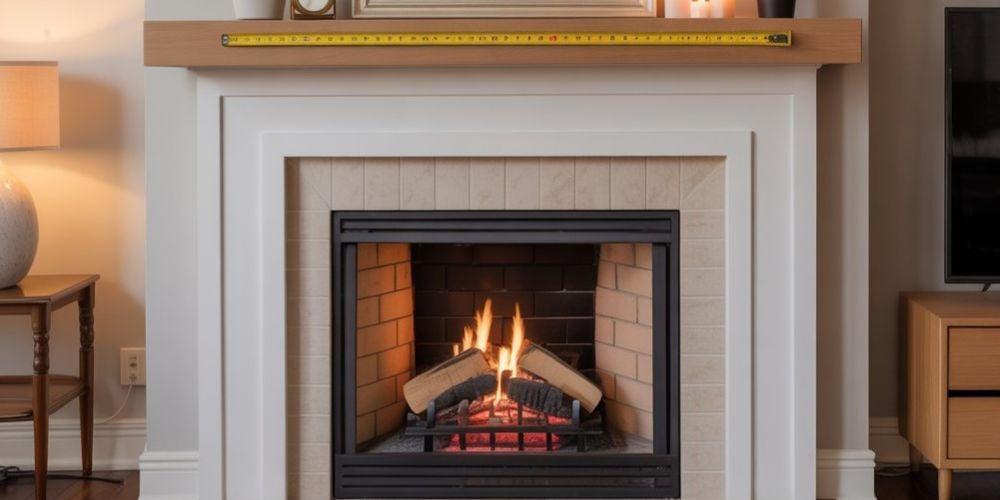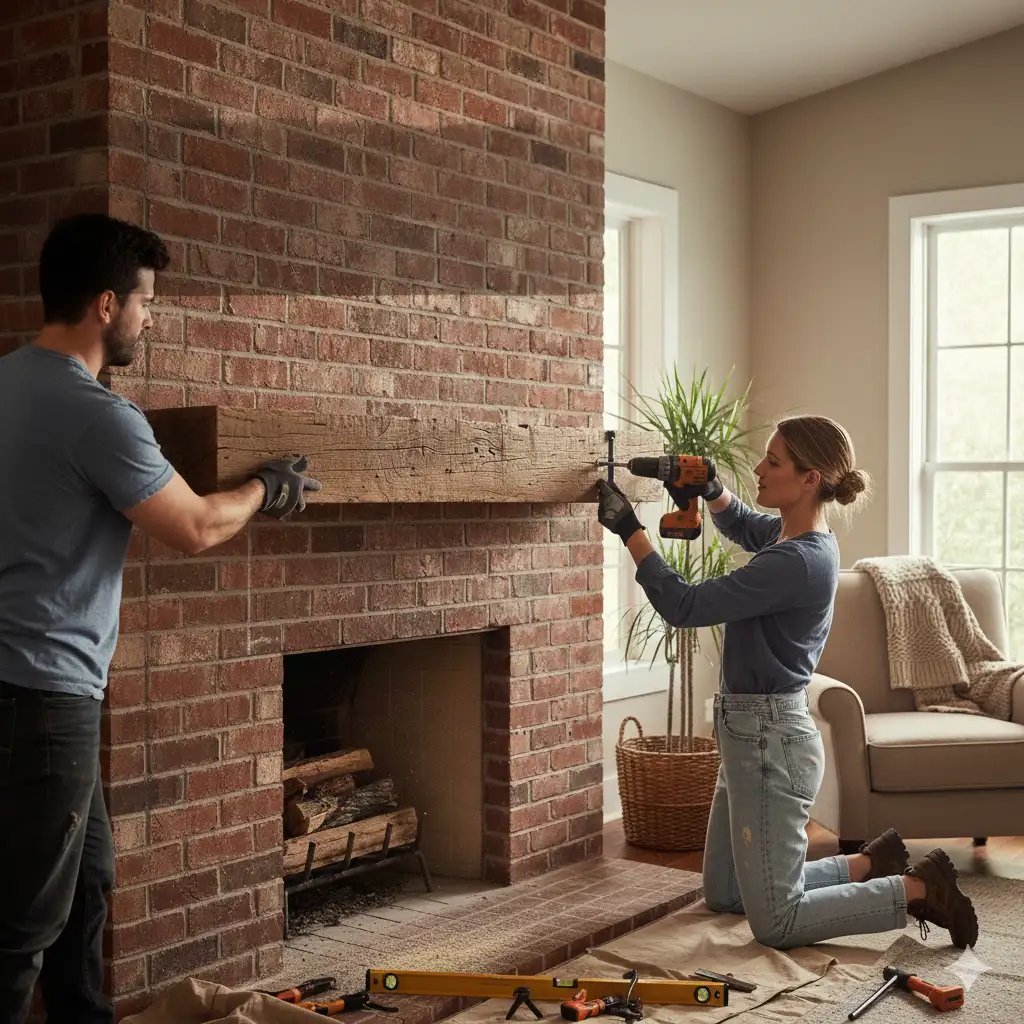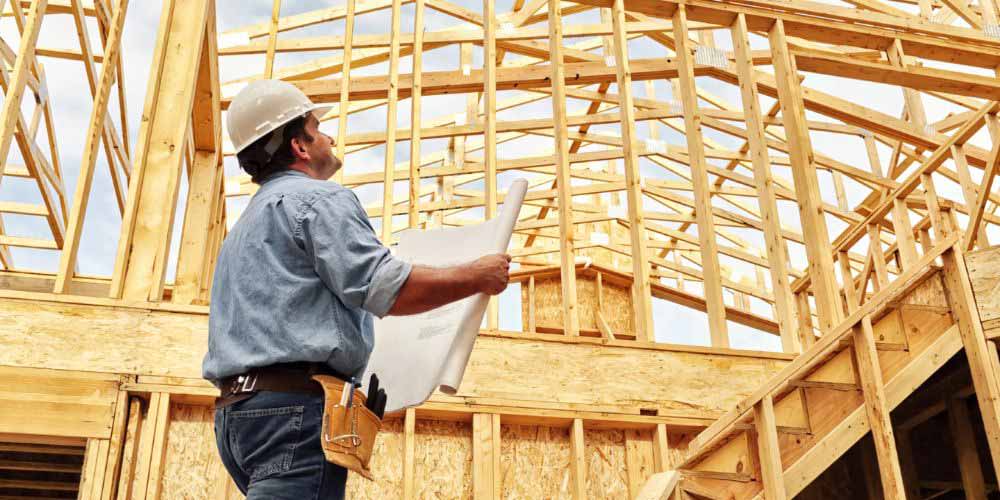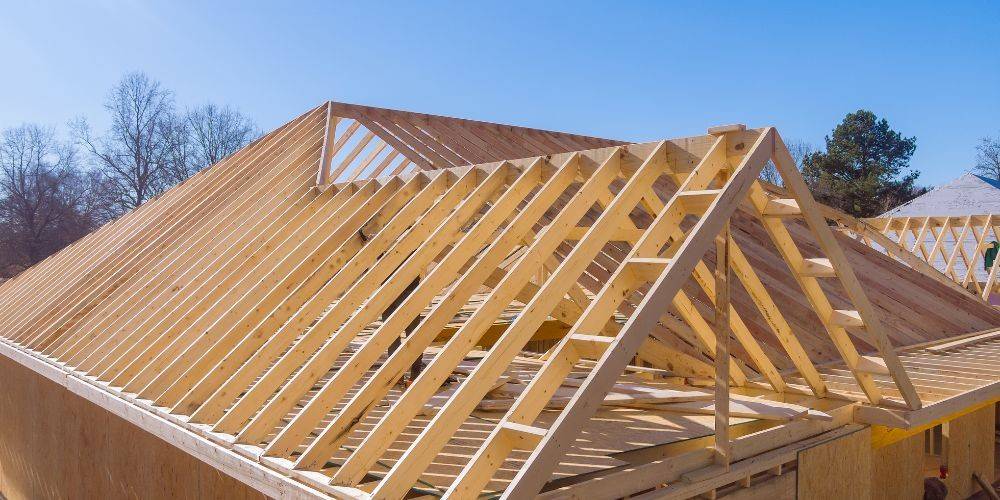A timber frame home is a house built using a structural framework of heavy timber posts and beams. Unlike conventional stick-framed homes, where smaller wood pieces are hidden behind drywall, timber frame houses often showcase exposed wooden elements, blending rustic charm with architectural beauty. This centuries-old method of building is known for its strength, durability, and eco-friendly features. A framed house like this offers character and long-lasting value.
Timber Frame vs. Post-and-Beam vs. Log Homes
Timber Frame Homes
● Joinery: Mortise and tenon without visible hardware
● Look: Clean, open interiors with exposed beams
● Insulation: High, using structural insulated panels (SIPs)
● Style Flexibility: Works with modern, traditional, or hybrid designs
● Build Time: Moderate
Post-and-Beam Homes
● Joinery: Metal fasteners and pegs
● Look: Exposed timber with visible hardware
● Insulation: Varies by wall type
● Style Flexibility: Somewhat limited
● Build Time: Moderate to fast
Log Homes
● Joinery: Stacked logs interlocked at corners
● Look: Rustic, all-wood interior and exterior
● Insulation: Lower unless upgraded
● Style Flexibility: Primarily rustic or cabin
● Build Time: Longer due to log prep and settling
Glossary of Key Timber Framing Terms
● Post and Beam: Vertical posts and horizontal beams forming the home's skeleton.
● Mortise and Tenon Joint: A traditional wood joinery method used in timber framing.
● SIPs (Structural Insulated Panels): High-performance panels used between the timber frames for insulation.
● Truss: A triangular structural element supporting the roof.
● Half Timbered House: A traditional design where wooden frames are filled with plaster or brick.
Structural Insulated Panels (SIPs)
Modern timber frame homes use SIPs between the beams, providing several advantages:
● Energy Efficiency: Excellent insulation reduces heating/cooling costs.
● Soundproofing: SIPs also block outside noise better than traditional walls.
● Faster Construction: Pre-fabricated panels are quick to install.
● Airtightness: Reduces drafts and improves indoor comfort.
These features make SIPs an ideal match for any timberframe house focused on sustainability.
Types of Timber Frame Trusses
King Post
● Ideal for smaller to mid-sized homes
● Features a central vertical post
● Creates a classic and simple triangular look
Queen Post
● Can span distances of 30 feet or more
● Offers an open area in the center of the truss
● Visually lowers the ceiling height for a more intimate feel
Hammer Beam
● Best for large, cathedral-style rooms
● Creates a dramatic open look with no central post
● Perfect for great rooms or gathering areas
Scissor Truss
● Designed for vaulted or cathedral ceilings
● Gives a steeper roof pitch without requiring a lot of timber
● Enhances ceiling height and visual space
Raised Tie Truss
● Great for modern, open-concept homes
● Lifts the bottom tie beam above the wall plate
● Allows for unobstructed interior views
Anatomy of a Timber Frame
Understanding the main structural elements of a timber frame helps appreciate its craftsmanship:
● Posts: Vertical timbers that support loads.
● Beams: Horizontal supports connecting posts.
● Braces: Diagonal wood pieces that add rigidity.
● Ridge Beam: Runs along the roof’s peak.
● Purlins: Horizontal roof supports across rafters.
● Trusses: Roof support systems above open spaces.
Signature Features of Timber Framed Homes
Exposed Framework
A timber frame home prominently displays its structure. Massive wood beams, left uncovered, become part of the home’s visual identity. This design bridges the warmth of natural wood with architectural sophistication, making these framed houses both stylish and timeless.
Energy Efficiency
When paired with SIPs, timber framing enhances insulation, reduces energy costs, and creates an airtight envelope that limits drafts. These homes maintain consistent indoor temperatures, making them eco-conscious and comfortable year-round.
Durability
Timber, especially from dense species like Douglas fir and oak, can last for generations. Joint systems like mortise and tenon add structural integrity. Many historic timber frame houses have stood for centuries.
Natural Beauty
Wood brings texture, warmth, and a rich palette into your living space. The open interiors and visible beams of timber-framed homes suit both traditional and modern tastes.
Sustainability
Wood is renewable and has a smaller carbon footprint compared to steel or concrete. Responsibly harvested timber stores carbon dioxide, making a timber frame home a greener choice.
Fire Resistance
Thick wooden beams char on the outside when exposed to fire, slowing down structural damage. This charring insulates and maintains the timber’s core strength longer than thin lumber.
Customization & Hybrid Design Possibilities
Timber framing offers flexibility in design. Homeowners can choose open floor plans, vaulted ceilings, and panoramic windows. Beams can be stained in various colors or finishes to match different architectural styles—from ultra-modern to rustic farmhouse.
Additionally, half timbered houses or hybrid builds combine timber frames with stone, glass, or modern materials, offering more variety in exterior finishes.
Is a Timber Frame House Right for You?
Ask yourself:
● Do I want a home with character and exposed craftsmanship?
● Is energy efficiency and eco-conscious living important to me?
● Do I need flexible layouts or vaulted ceilings?
● Am I willing to invest in durability and long-term value?
● Do I like natural materials and earthy aesthetics?
If you answered “yes” to most, a timberframe house may be a perfect match.
Final Thoughts
Whether you're drawn to the charm of exposed wood, the strength of time-tested joinery, or the efficiency of SIPs, a timberframe home offers a perfect balance of style and performance. These framed houses stand out for their lasting beauty, energy savings, and customizable designs that fit both rustic and modern tastes.
If you're ready to build a sustainable, durable home with character, Kustom Beams is here to help. From quality timber selection to expert craftsmanship, they bring decades of experience in crafting stunning timberframe homes—turning your vision into a one-of-a-kind reality.
FAQ
1. What makes timber frame homes different from regular homes?
Timber frame homes feature exposed heavy wood beams, unlike traditional homes, where framing is hidden behind walls.
2. Are timber frame homes energy efficient?
Yes. When paired with Structural Insulated Panels (SIPs), timber frame homes offer excellent insulation and airtightness, reducing heating and cooling needs year-round.
3. Do timber frame homes last a long time?
Absolutely. Timber frame homes are built to last. Many historic ones still stand today. With proper maintenance, they can remain strong and beautiful for generations.
4. Can timber frames work with modern designs?
Definitely. While timber frames are often associated with rustic charm, they are highly adaptable and can be used in ultra-modern, minimalist, or hybrid architectural styles.
5. Do timber frame homes require a lot of maintenance?
Not necessarily. Timber frame homes don’t need more upkeep than standard homes. With regular inspections and basic care, they stay strong and beautiful for years.
